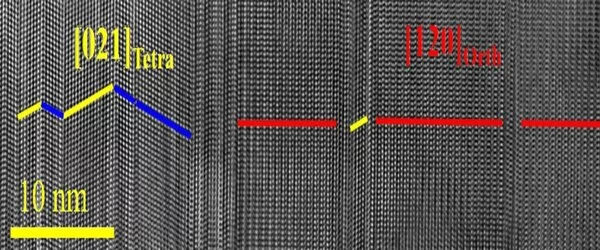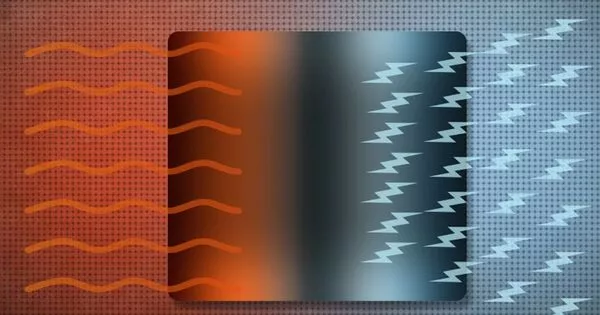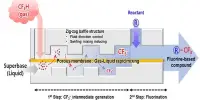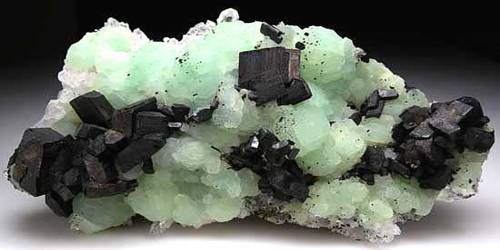Heat may appear to be the most benign of all modern technological waste products. Overheating, on the other hand, is a major concern for computers, electronics, power plants, automobiles, and even humans who live in hot climates. Heat appears to be a particular waste because it is a byproduct of energy that could be used for more beneficial purposes.
To convert heat into electricity, easily accessible materials derived from innocuous raw materials open up new avenues for the development of safe and inexpensive “thermoelectric materials.” According to a study published in the journal Angewandte Chemie, a synthetic copper mineral acquires a complex structure and microstructure through simple changes in its composition, laying the groundwork for the desired properties.
According to materials scientist Emmanuel Guilmeau, CNRS researcher at CRISMAT laboratory in Caen, France, and the study’s corresponding author, the novel synthetic material is composed of copper, manganese, germanium, and sulfur and is produced in a relatively simple process. “Ball-milling is used to mechanically alloy the powders to form a precrystallized phase, which is then densified at 600 degrees Celsius. This procedure is easily scalable” he claims
Ball-milling is used to mechanically alloy the powders to form a precrystallized phase, which is then densified at 600 degrees Celsius. This procedure is easily scalable. The outcome surprised us greatly. In this class of materials, changing the composition slightly usually has little effect on the structure.
Emmanuel Guilmeau
Heat is converted to electricity by thermoelectric materials. This is especially useful in industrial processes that reuse waste heat as valuable electric power. The opposite approach is to cool electronic components, such as those found in smartphones or automobiles. Materials used in this kind of applications have to be not only efficient, but also inexpensive and, above all, safe for health.
However, thermoelectric devices used to date make use of expensive and toxic elements such as lead and tellurium, which offer the best conversion efficiency. To find safer alternatives, Emmanuel Guilmeau and his team have turned to derivatives of natural copper-based sulfide minerals. These mineral derivatives are mainly composed of nontoxic and abundant elements, and some of them have thermoelectric properties.

The team has now succeeded in creating a series of thermoelectric materials with two crystal structures within the same material. “The outcome surprised us greatly. In this class of materials, changing the composition slightly usually has little effect on the structure “Emmanuel Guilmeau describes their discovery.
To convert heat into electricity, easily accessible materials derived from innocuous raw materials open up new avenues for the development of safe and inexpensive thermoelectric materials. A synthetic copper mineral acquires a complex structure and microstructure through simple changes in its composition, laying the groundwork for the desired properties.
The researchers discovered that replacing a small fraction of the manganese with copper resulted in complex microstructures with interconnected nanodomains, defects, and coherent interfaces, which influenced the material’s electron and heat transport properties.
According to Emmanuel Guilmeau, the novel material created is stable up to 400 degrees Celsius, which is well within the waste heat temperature range of most industries. He believes that, as a result of this discovery, less expensive novel and nontoxic thermoelectric materials could be developed to replace more problematic materials.
















